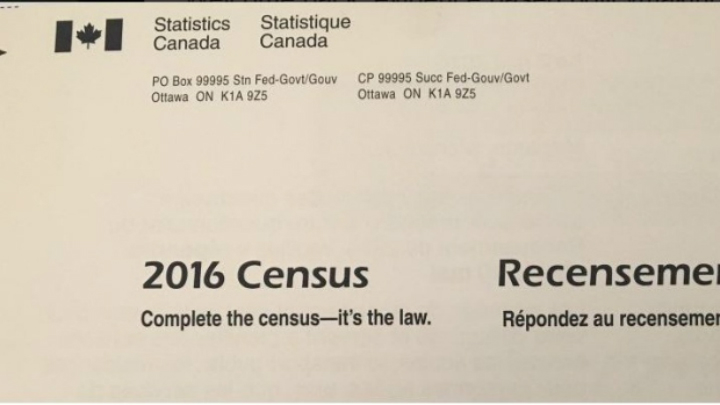

Stats Canada releases data from 2016 census. Photo CBC.
A 2016 Census shows the Aboriginal population is on the rise, but there is a stark contrast to numbers for income and housing.
Statistics Canada reports the number of Indigenous people has climbed to 1.7 million since 2006, a jump of 42.5 per cent. That is a growth rate four times greater than non-Indigenous Canadians.
The First Nations population in B.C. is 172,520, which is 17.7 per cent of the country’s Aboriginal residents. Ontario leads the country at 24.2 per cent.
The median personal income for Aboriginal people is reported to be $9000 less per year than the rest of the country, while 20 per cent live in homes that are in need of major repairs.
Stats Canada says six per cent of non-Indigenous Canadians fall into that category.
The Census also reports 22 per cent of the country’s population is from those born outside Canada and more immigrants are settling on the prairies. That includes over 17 per cent of new immigrants living in Alberta compared to less than seven per cent in 2001.
Canada saw 1.2 million immigrants between 2011 and 2016 which is 3.5 per cent of the total population. Asia, including the Middle East, makes up 61.8 per cent of new immigrants.
According to Stats Canada, a rate that has remained steady over the past decade is home ownership with nearly 68 per cent of of homes owned by Canadians in 2016.
In B.C. the home ownership rate is at 68 per cent, down from 69.7 per cent in 2006. Of Canada’s 10 provinces, only Quebec had a lower home ownership rate at 61.3 per cent.




